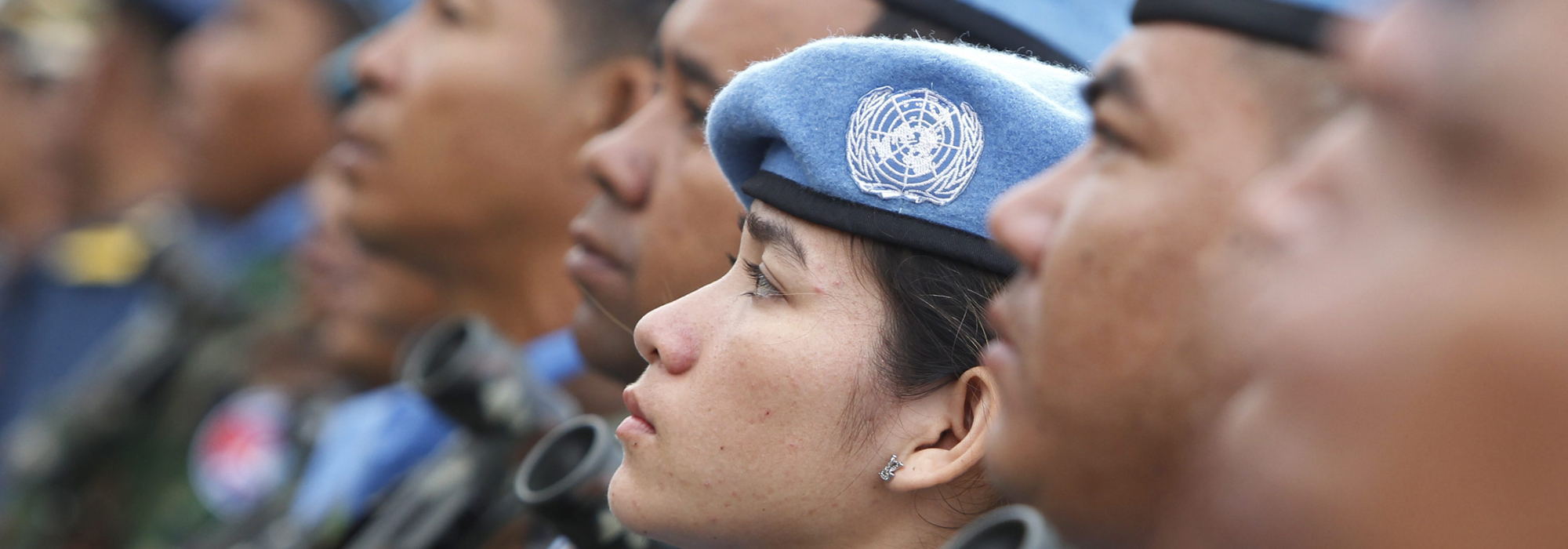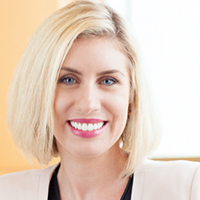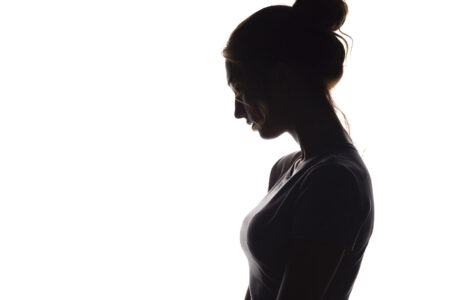
Integrating a gender perspective will be one of the main objectives of the 2017 UN peacekeeping conference in mid-November in Vancouver. In a UN peacekeeping context, integrating a gender perspective means understanding the differentiated impacts of conflict on women, men, girls and boys and designing policies, programs, operational plans and missions that take these differences into account. Global Affairs Canada goes a step further, arguing that “post-conflict reconstruction and peace-building is more effective and long-lasting if gender analysis takes place from the outset. It has been recognized internationally that this significantly improves peace-building operations.”
This statement echoes the principles enshrined in the landmark UN Security Council Resolution 1325, adopted in 2000. The resolution commented specifically on the under-representation of women during all phases of conflict and called for the increased participation of women at all stages, from conflict prevention to peace processes and postconflict reconstruction. This objective is perfectly intuitive from a gender equality and human rights perspective, but the narrative that has been adopted by the UN and countries like Canada is one of policy and operational effectiveness. Is this the right approach?
Let’s take the example of increasing the number of female peacekeepers in UN operations, which has become an important goal for UN Women and the UN Department of Peacekeeping Operations. The argument here is that increasing the number of women as part of the military and police personnel deployed on UN operations will lead to tangible improvements in the way these missions are run and to better service provision for women and girls in the host countries.
The UN articulates this by stating, “Female peacekeepers act as role models in the local environment, inspiring women and girls in often male-dominated societies to push for their own rights and for participation in peace processes.” With the same enthusiasm, the UN states that, by their very presence, women peacekeepers can “help to reduce conflict and confrontation.” According to available UN data, there are currently 4,059 uniformed women on operations, out of 94,154 total peacekeepers. That means fewer than 5 percent of police and military personnel on UN missions are female.
To put things in perspective, let’s see how this might play out in specific missions. For MINUSMA (UN Multidimensional Integrated Stabilization Mission in Mali), 10,891 troops are deployed, of whom 226 are women and 10,665 are men (excluding staff officers and police forces). It might strike some as unreasonable to place such high expectations on 2 percent of the troops. Yet that is the prevailing narrative. Senator Mobina Jaffer made a similar argument last year, posting that “women on the ground during peace operations foster greater trust in the communities in which they serve, leading to an increased reliability in intelligence and opportunities for capacity building.” The logic is that even a token number of women in operations can lead to improvements in mission capacity and outcomes.
With these types of arguments, linking gender with operational effectiveness, the focus inevitably shifts to the evidence, which is necessarily hard to come by. Not only is it difficult to track the impact of individual women as they perform their day-to-day tasks, but how would these causal connections even be verified? According to what metrics? The participation of men in operations is not made contingent upon some evidence-based claim about their effectiveness.
Sure, the argument about gender and operational effectiveness is one way to get buy-in from the predominantly male spheres of national militaries and police forces, but it places unfair scrutiny and attention on the few women who are just trying to do their jobs like everyone else on the mission.
If Canada is to place such strong focus on integrating a gender perspective in UN peacekeeping, it might be worth broadening the argument about operational effectiveness to put less emphasis on women (whether those women are portrayed as victims trapped in conflict or as the stoic female role models who come to their rescue) and more on enabling peacekeeping personnel to have a common professional culture and training experience. This culture should be shaped to internalize principles of gender equality and human rights and to recognize the diverse manifestations of sexual and gender-based violence; perhaps most important, this effort should be supported by tools to perform gender and social analysis tailored to the UN’s operational contexts.
Instead of this balanced and skill-based approach, the UN is telling the world that women have the ability to transform peacekeeping — and Canada is endorsing the message. Over time, no doubt, there will be more women in peacekeeping. But the UN (and national armed forces) will get there faster if they don’t rely on the very women they are trying to recruit to improve their practices and operational outcomes.
This article is part of the special feature Peacekeeping Reimagined.
Photo: Cambodian soldiers stand in lines during a ceremony before their departure to Lebanon at the military airport in Phnom Penh, Cambodia, 04 January 2017. Cambodia sent off 184 soldiers to Lebanon under the United Nations global peacekeeping efforts. EPA/KITH SEREY
Do you have something to say about the article you just read? Be part of the Policy Options discussion, and send in your own submission. Here is a link on how to do it. | Souhaitez-vous réagir à cet article ? Joignez-vous aux débats d’Options politiques et soumettez-nous votre texte en suivant ces directives.









